Sudan
As thousands of Sudanese refugees return home, they face overwhelming challenges amid a worsening humanitarian crisis.
A recent report from the UN International Organization for Migration revealed that, by the end of July, more than 1.5 million Sudanese people have been displaced internally since January.
Many returnees, like Jamal Ahmed, a 70-year-old who fled with his family to Egypt after the outbreak of war in Khartoum, the Sudanese capital, in April 2023, are now trying to rebuild their lives. Jamal returned as the Sudanese Armed Forces (SAF) regained control of the capital from the rival paramilitary Rapid Support Forces (RSF) earlier this year.
While he was shocked by what he saw, Jamal still said he wouldn't want to be anywhere else.
"I returned from Egypt two weeks ago. I found my house looted. I found the neighborhood sick and in despair. There's no power or water now and it's difficult to get basic services, but I decided to return home to at least die here. Nowhere is like your home," said Amal Ahmed.
The ongoing conflict between the SAF and the RSF has resulted in tens of thousands of deaths and forced more than 12 million Sudanese to flee their homes. This has deepened the humanitarian crisis, marking it the largest displacement crisis globally.
Starting from scratch
By the end of July, an estimated 1.5 million people who had sought refuge abroad returned to Sudan. However, their journey home is fraught with difficulties. Ongoing violence, a devastated economy, and a persistent humanitarian crisis complicate their efforts to rebuild.
"We need to start from the scratch, the youth who work abroad helped in installing solar system to help restore water and power. They are helping with the health crises as well by sending money and medication. People are doing everything by themselves and with their own money amid all the challenges," said Amal Ahmed.
Many of the returnees have come back with nothing and need financial or other support to get started again.
"Now people are starting to return on top of that, so it is going to take time. It's going to take resources and it's going to take a lot of hard work to help the city get back on its feet again. Since re-establishing our presence in Khartoum, including opening this office just three months ago, WFP has scaled up our operations significantly. Between May and June, we managed to scale up to 1 million people who are reaching through the range of activities that I've highlighted -- community kitchens, general food distribution and nutrition programs for mothers and children," said Valerie Guarnieri, Assistant Executive Director, World Food Programme.
Those who return home, like Jamal, must confront a conflict that is intensifying in Kordofan -- a region constituting the central and southern area of Sudan, where attacks on power and water infrastructure continue, along with the spread of diseases like malaria and dengue fever in towns and cities that have been destroyed.




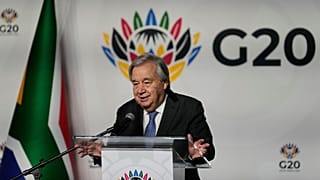


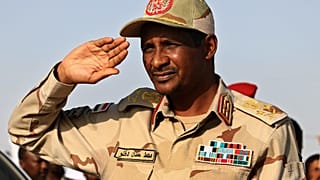
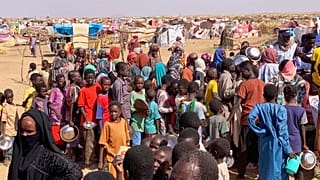
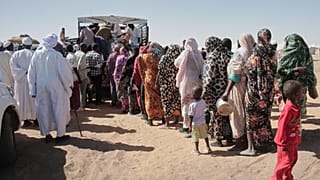
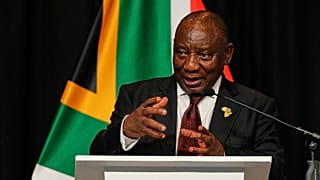

00:55
UN seeks to expand presence in Sudan as violence intensifies
01:05
WFP decries atrocities in Sudan’s El-Fasher amid humanitarian crisis
01:29
UN officials warn of worsening situation in Sudan
01:45
MSF: Hundreds subject to torture and sexual violence following RSF takeover of El-Fasher
02:24
UN orders probe into alleged atrocities in Sudanese city of Al-Fashir
01:00
Ivory Coast experiences increased refugee influx from Mali conflict